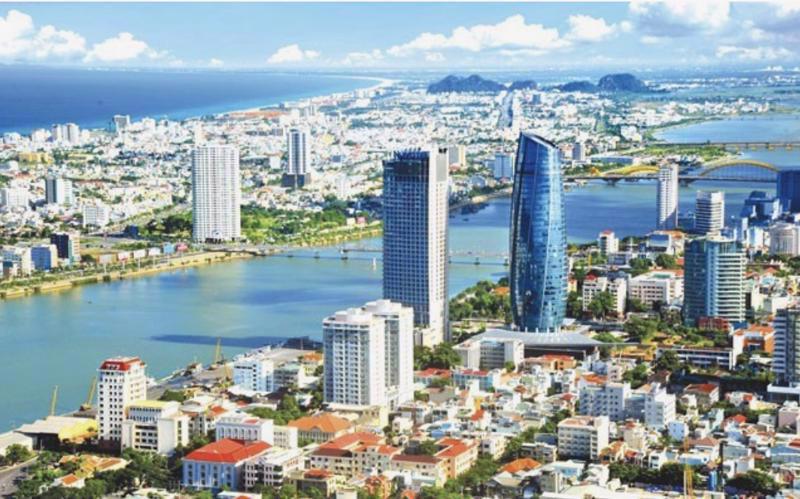Deputy Prime Minister Tran Hong Ha has signed Prime Ministerial Decision No. 95/QD-TTg, dated January 14, 2025, approving the implementation plan the Plan) for Da Nang city's development master plan for the period 2021-2030, with a vision toward 2050.
Under the Plan, in terms of public investment projects, priority will be given to strategic projects that directly impact socio-economic development goals, have significant spillover effects, and create new growth momentum for the central city.
For projects utilizing non-public investment funds, the Plan aims to attract investment to enhance infrastructure, thereby maximizing the effectiveness of current and planned public investment infrastructure projects.
The Plan highlights several priority sectors for investment attraction, including: seaport systems and inland waterway ports; logistics infrastructure; industrial parks and clusters infrastructure; high-tech processing and manufacturing; information and communication technology infrastructure; artificial intelligence; high-tech agricultural, forestry, and seafood product processing zones; power generation development; clean water supply; infrastructure for education, healthcare, culture, sports, science, innovation, environment, commerce, and services.
The Prime Minister has emphasized strengthening investment in the development of science and technology. This includes continued investment in modern infrastructure and technical equipment to support State management of science and technology and scientific service activities.
From 2021 to 2030, Da Nang City is projected to mobilize approximately VND800 trillion ($31.48 billion) in investment capital, equivalent to about 40% of its GRDP. Of this, about 25% is expected to come from the state-owned economic sector, 60-65% from the non-state-owned economic sector, and 10-15% from foreign direct investment (FDI) capital.









 Google translate
Google translate